
BIO-DL was established in 2013, located in Songjiang District, Shanghai, China, with an office area of more than 3,000 square meters; it is a comprehensive company integrating R&D, production and trade, and has a worldwide sales network and service centers. BIO-DL is dedicated to offering high quality technology products and services, as well as creating pleasant experiences for the users.
Product Introduction of Elisa Microplate Washer
BIO-DL Easy Wash is a microporous plate washing machine that can be used for horizontal or vertical washing of 96 well plates. 96 well plates or strips can be cleaned in 1 × 8, 2 × 8, or 1 × 12, 2 × 12 modes. The instrument can simultaneously perform board immersion and board vibration. The instrument has an intuitive graphical user interface.
BIO-DL Easy Wash can be used for washing and preparing plates in various routine tests, mainly for enzyme-linked immunosorbent assay (ELISA) detection.
Instrument usage of Elisa Microplate Washer
The BIO-DL Easy Wash microplate washing machine is suitable for automatic washing, suction, separation, and vibration of 96 well or strip plates that comply with ANSI/SBS standards. Standard configuration includes 3 washing bottles and 1 waste liquid bottle. Used by professionals for scientific research or routine laboratory testing.
BIO-DL Easy Wash is a component of the end-user analysis system, and end-users are responsible for reviewing the entire system to ensure reliable and secure results. If the analysis results are used as a medical diagnosis, the diagnostic test results must be verified through internal quality control or repeated testing.
Working principle of Elisa Microplate Washer
The cleaning function is achieved through negative pressure suction and positive pressure liquid addition. First, use positive pressure to accurately inject the cleaning solution into each hole of the microplate, allowing the cleaning solution to fully contact and mix with the residual substances in the hole. Then, use negative pressure to suction the liquid and residual substances in the hole into the waste liquid bottle. Repeat this process multiple times to achieve the goal of cleaning the microplate.
Main features of Elisa Microplate Washer
Cleaning efficiency: It can quickly clean a large number of microporous plates, such as 96 well plates or 384 well plates, greatly improving work efficiency, saving time and labor costs, and is suitable for high-throughput screening experiments.
Mode diversity: It has multiple cleaning modes, such as parallel cleaning, alternating cleaning, ultra-low liquid level cleaning, and rapid cleaning. It can flexibly choose the appropriate cleaning mode and parameters according to different experimental needs to achieve the best cleaning effect.
Easy to operate: It is usually equipped with an intuitive touch screen or button based operating interface, and some even have a Chinese operating system, which is easy to understand and operate. Even new users can quickly get started, and multiple cleaning programs can be preset. It also supports user-defined settings.
Cleaning accuracy: By using a precise liquid processing system, the distribution and recovery of cleaning solution can be accurately controlled, ensuring accurate and uniform liquid volume in each well, reducing residue, minimizing background interference and cross contamination, and improving the accuracy and repeatability of experimental results.
Safety and reliability: Equipped with multiple safety protection mechanisms, such as liquid level sensors, temperature limit alarms, anti aerosol covers, etc., it can prevent waste liquid overflow, equipment overheating and other problems, ensuring the safety of the operation process. At the same time, the stability and durability of the equipment are also high, and it can operate stably for a long time.
Application of of Elisa Microplate Washer
Clinical diagnosis
Immune detection: widely used in enzyme-linked immunosorbent assay (ELISA), such as detection of hepatitis B surface antigen, hepatitis C antibody, AIDS antibody and other infectious disease markers, as well as tumor markers (such as alpha fetoprotein AFP, carcinoembryonic antigen CEA, etc.), thyroid function related indicators (such as thyroid stimulating hormone TSH, thyroid hormone T3/T4, etc.), autoimmune disease related antibodies (such as antinuclear antibody ANA, rheumatoid factor RF, etc.). By cleaning the microplate to remove unbound antigens or antibodies, non-specific reactions can be reduced, and the accuracy and specificity of detection can be improved.
Blood type identification: In blood type testing experiments, a microplate washing machine can be used to clean excess substances in the microplate after blood type antigen antibody reactions, ensuring accurate determination of blood type.
Pathogen detection: it can be used to detect various pathogens, such as viruses (such as influenza virus, COVID-19 antibody detection), bacteria (such as helicobacter pylori antibody detection), parasites (such as plasmodium antibody detection), and improve the sensitivity and reliability of detection through cleaning steps.
Life Science Research
Cell Biology
Cell culture: used to clean cell culture plates, remove metabolic waste, unattached cells, and residual culture medium components generated during the cell culture process, provide a clean and suitable growth environment for cells, and facilitate cell proliferation, differentiation, and other research.
Cell apoptosis detection: When conducting experiments related to cell apoptosis, methods such as Annexin V-FITC/PI double staining can be used to detect cell apoptosis, and a microplate washing machine can clean the cell culture plate to remove unbound fluorescent dyes and other substances, making it easy to accurately detect cell apoptosis through fluorescence microscopy or flow cytometry equipment.
molecular biology
Nucleic acid purification: During the process of nucleic acid extraction and purification, the microporous plate adsorbed with nucleic acid can be cleaned to remove impurities, proteins, and other pollutants, improve the purity and quality of nucleic acid, and provide high-quality nucleic acid templates for subsequent experiments such as PCR, gene sequencing, and gene cloning.
DNA hybridization experiments, such as Southern hybridization, Northern hybridization, etc., use a microplate washing machine to clean the hybridized microplate, remove non hybridized probes and other substances, make the hybridization signal clearer, and facilitate the detection and analysis of specific DNA or RNA sequences.
Protein research
Western blot: In Western blot experiments, a microplate washing machine can be used to clean PVDF or nitrocellulose membranes, remove unbound antibodies, sealants, and other substances, ensure accurate display of specific antigen antibody binding signals, and perform qualitative and quantitative analysis of proteins.
Protein interaction research: After immunoprecipitation (Co IP) experiments, the microplate used for protein binding can be cleaned to remove non-specific binding proteins and improve the accuracy of protein interaction research.
Drug development
drug screening
High throughput drug screening: In the early stages of drug development, a microplate washing machine can be used to quickly and efficiently clean a large number of microplates for screening potential active drug compounds. For example, through a cell level drug screening model, a large number of compounds are added to the microporous plates in cell culture. After a certain period of action, the microporous plate washing machine is used to clean and remove compounds that have not been absorbed by cells or bound to the target. Then, cell activity, metabolism, and other indicators are detected to quickly screen for compounds with potential pharmacological effects.
Enzyme activity screening: Design a series of compounds for enzyme activity inhibition experiments targeting specific enzyme targets. The microplate washing machine can clean the reacted microplate, remove unreacted substrates and other impurities, and screen for drug molecules that can inhibit or activate enzyme activity by detecting changes in enzyme activity.
Drug activity and toxicity testing
Drug cytotoxicity testing: Different concentrations of drugs are applied to cells, and cell culture plates are washed using a microplate washing machine. Cell viability is detected by MTT assay, CCK-8 assay, etc., to evaluate the toxic effects of drugs on cells and determine the safe dosage range and toxicity characteristics of drugs.
Drug metabolism research: In drug metabolism experiments, a microplate washing machine is used to clean and culture microplates containing liver cells or other metabolic cells, removing unmetabolized drugs and metabolites. Then, by detecting indicators such as the amount of metabolites produced, the metabolic pathways and rates of drugs are studied, providing data support for pharmacokinetic research of drugs.
Food safety testing
Pesticide residue detection: When using enzyme-linked immunosorbent assay to detect pesticide residues in food, a microplate washing machine is used to clean the microplate, remove unbound pesticide antigens or antibodies, and determine whether the food contains pesticide residues and the amount of residue by detecting indicators such as absorbance.
Detection of veterinary drug residues: For example, detecting veterinary drug residues such as antibiotics (such as penicillin, tetracycline, etc.) and hormones (such as clenbuterol, etc.) in food such as meat and dairy products, using a microplate washing machine to clean the microplate after immune reaction, improving the accuracy of detection and ensuring food safety.
Microbial detection: When detecting microorganisms (such as Escherichia coli, Staphylococcus aureus, etc.) in food, immunoassay methods can be used. Cleaning the microplate with a microplate washing machine can help remove impurities and unbound immune reagents, making the detection results more accurate and reliable.
Environmental monitoring
Water quality testing: Detecting pollutants in water, such as heavy metal ions (such as mercury, lead, cadmium, etc.), organic pollutants (such as polycyclic aromatic hydrocarbons, pesticides, etc.), using methods such as immune testing or enzyme catalyzed reactions, using a microplate washing machine to clean the microplate, remove unreacted reagents and impurities, and achieve rapid and sensitive detection of pollutants in water.
Soil pollution detection: Detecting pollutants in the soil, such as pesticide residues, petroleum hydrocarbon pollutants, etc. After processing the soil sample, relevant immune or enzymatic reactions are carried out. The microplate washing machine can clean the microplate, providing assurance for accurate detection of soil pollutants.
Packaging & shipping of Elisa Microplate Washer

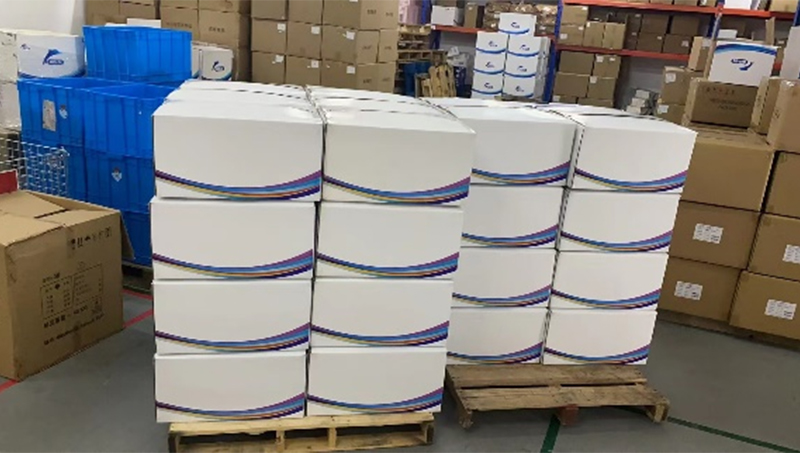
Our Factory
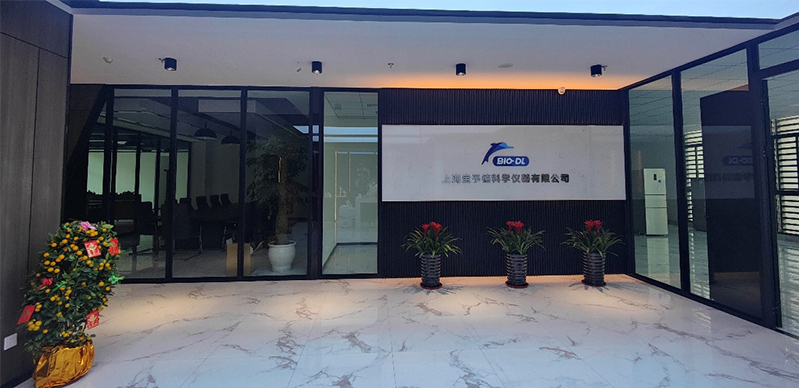
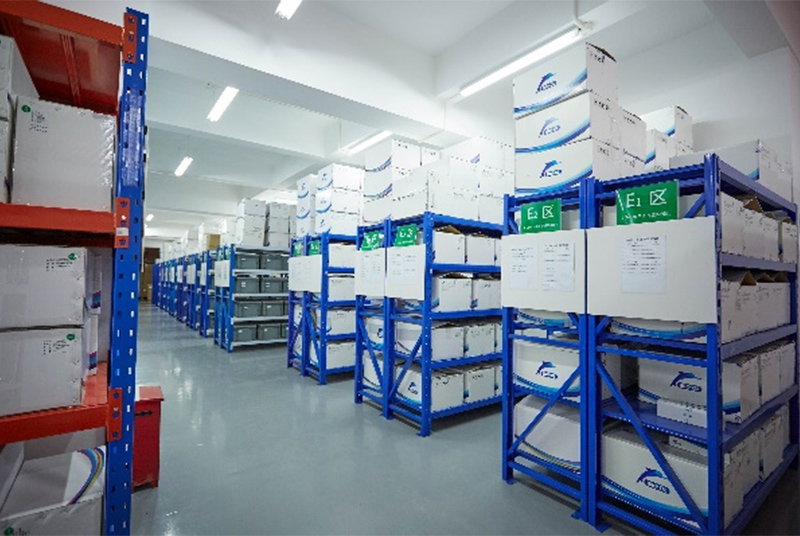
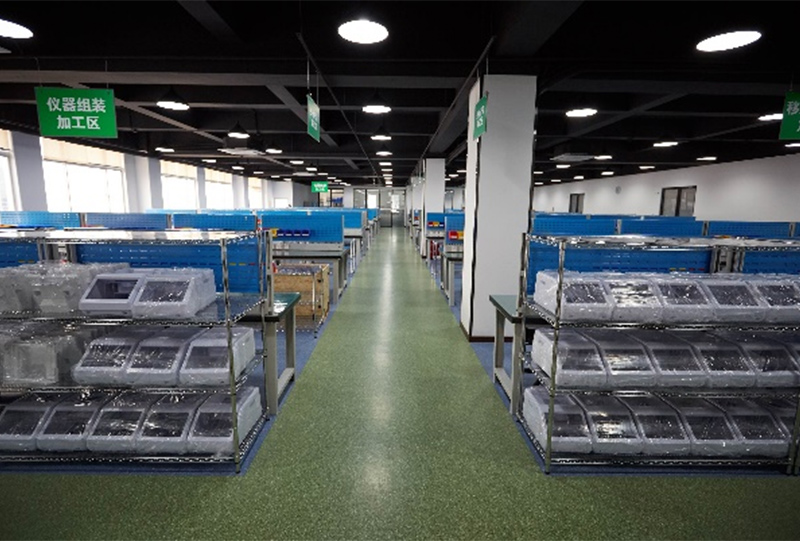
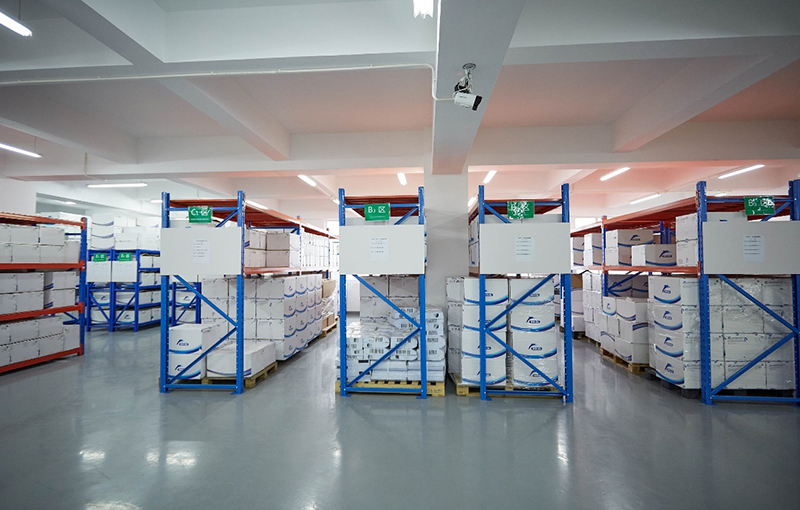
Our Team
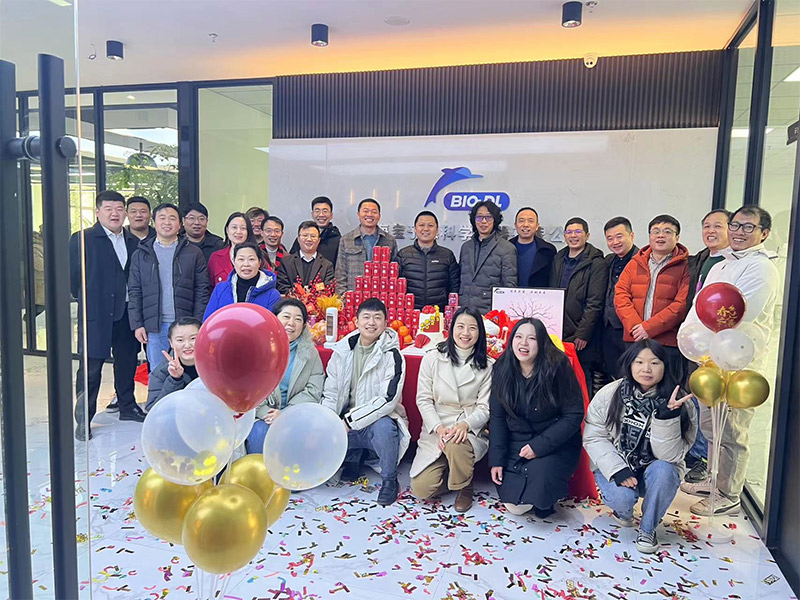

Our Client
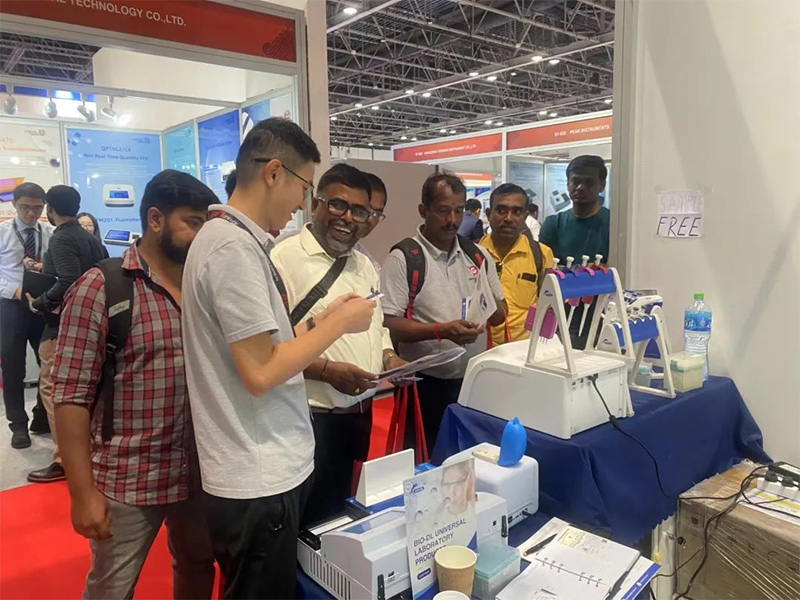
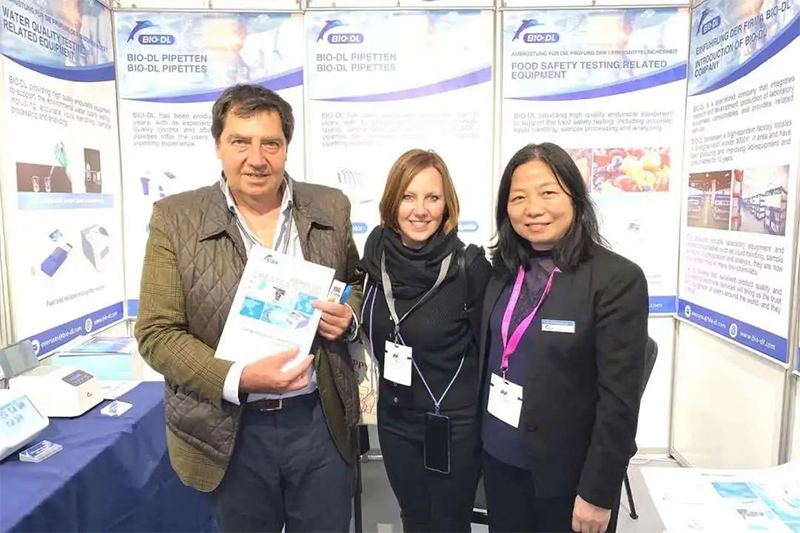
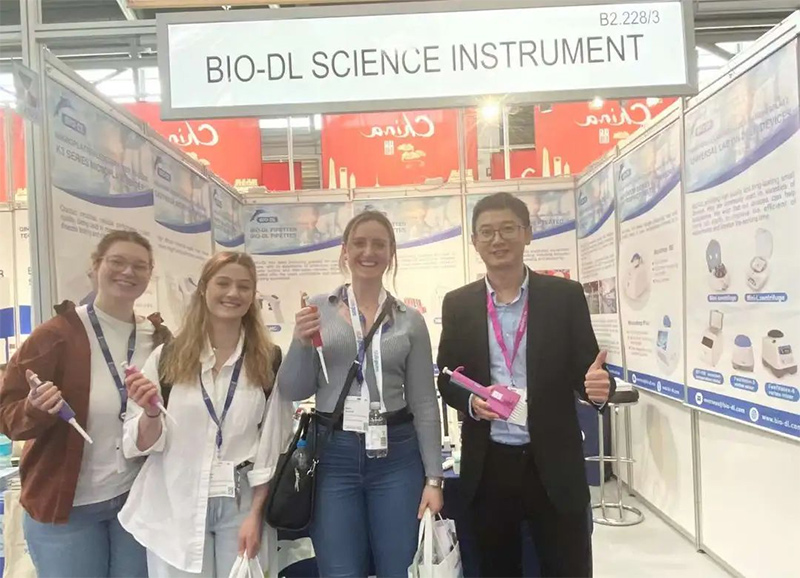
FAQ
Q: How about quality of the goods?
A: All the running products comply with CE standards.
Independent quality inspection team, conducting multiple inspections and random inspections from parts supply to product dispatch.
Q: Is OEM service available.
A: All of the running products are available for OEM customization, including logo and package.